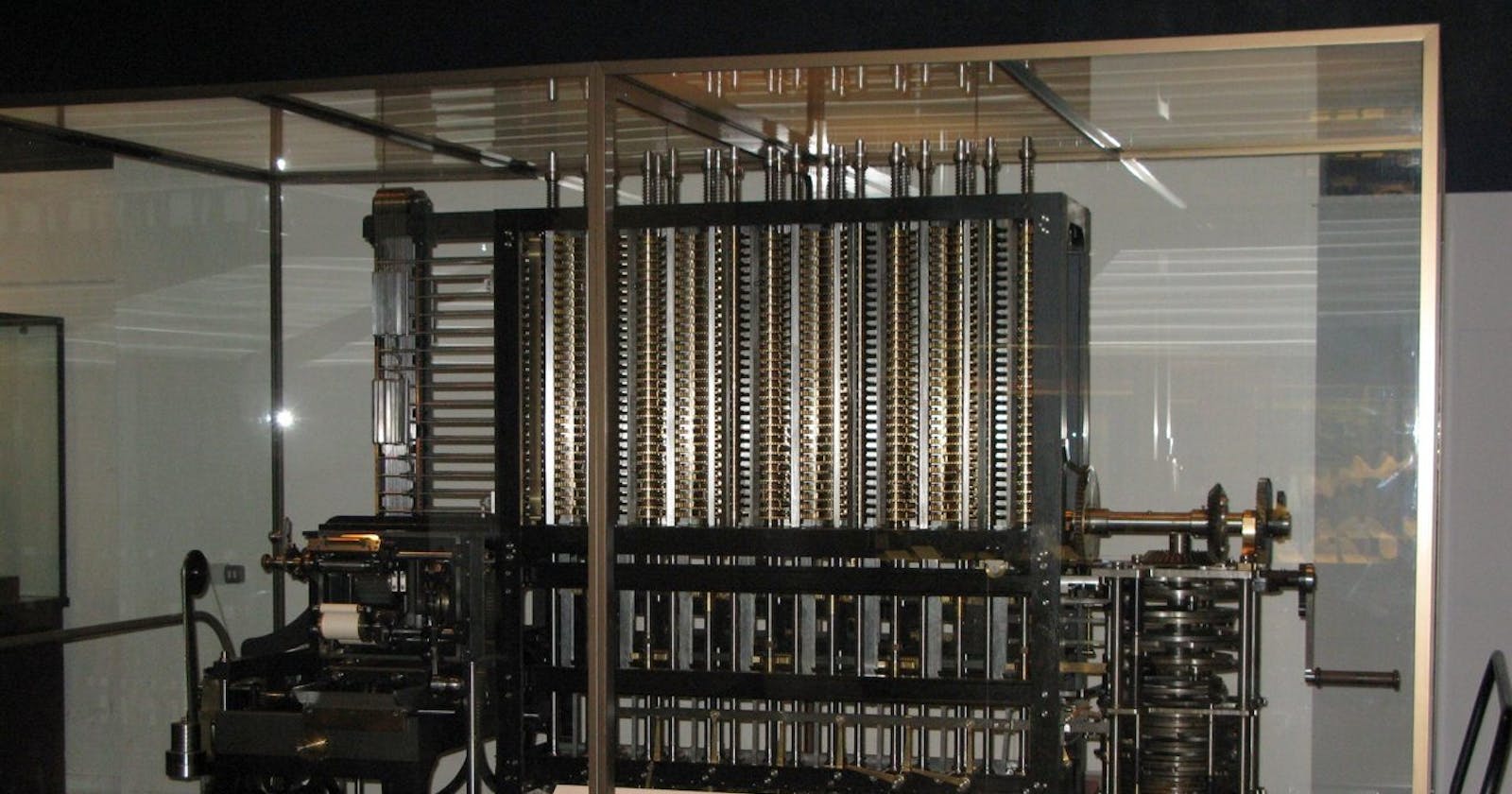The Birth of Programming Languages: How Ada Lovelace's Vision Sparked a Revolution
Programming languages are an integral part of the modern world, powering everything from smartphones to the most complex software systems. However, it all began with the first programming language, which was invented nearly 200 years ago.
The earliest programming language was created by Ada Lovelace, a British mathematician and writer, in the mid-19th century. Lovelace worked alongside Charles Babbage, a mathematician and inventor who is credited with designing the first mechanical computer. Lovelace recognized the potential of Babbage's machine and began to develop a system of instructions that could be used to program it.
Lovelace's system of instructions was based on the concept of "machine code," which was a set of instructions that the computer could understand and execute. However, Lovelace's system went beyond this, as it included instructions that could be used to create complex mathematical functions and even generate music.
Lovelace's system was not actually implemented during her lifetime, but her work served as the foundation for the development of the first true programming language, which was created in the mid-20th century.
The first programming language was called Fortran, which stands for "Formula Translation." Fortran was developed by IBM in the late 1950s and was designed to be used for scientific and engineering calculations. Fortran made it much easier for scientists and engineers to write complex mathematical algorithms and programs, and it quickly became the most widely used programming language in the world.
Fortran was followed by a number of other programming languages, each of which was designed to solve a specific set of problems. Languages like COBOL, BASIC, and Pascal were developed for business applications, while languages like C and C++ were developed for system-level programming.
As programming languages continued to evolve, they became increasingly powerful and versatile, enabling programmers to write ever-more-complex software systems. Today, there are hundreds of different programming languages, each with its own strengths and weaknesses, and new languages are being developed all the time.
Overall, the earliest programming language created by Ada Lovelace helped to pave the way for the development of modern programming languages. By recognizing the potential of Babbage's mechanical computer and developing a system of instructions that could be used to program it, Lovelace laid the foundation for the development of programming languages that have transformed the way we live and work.
